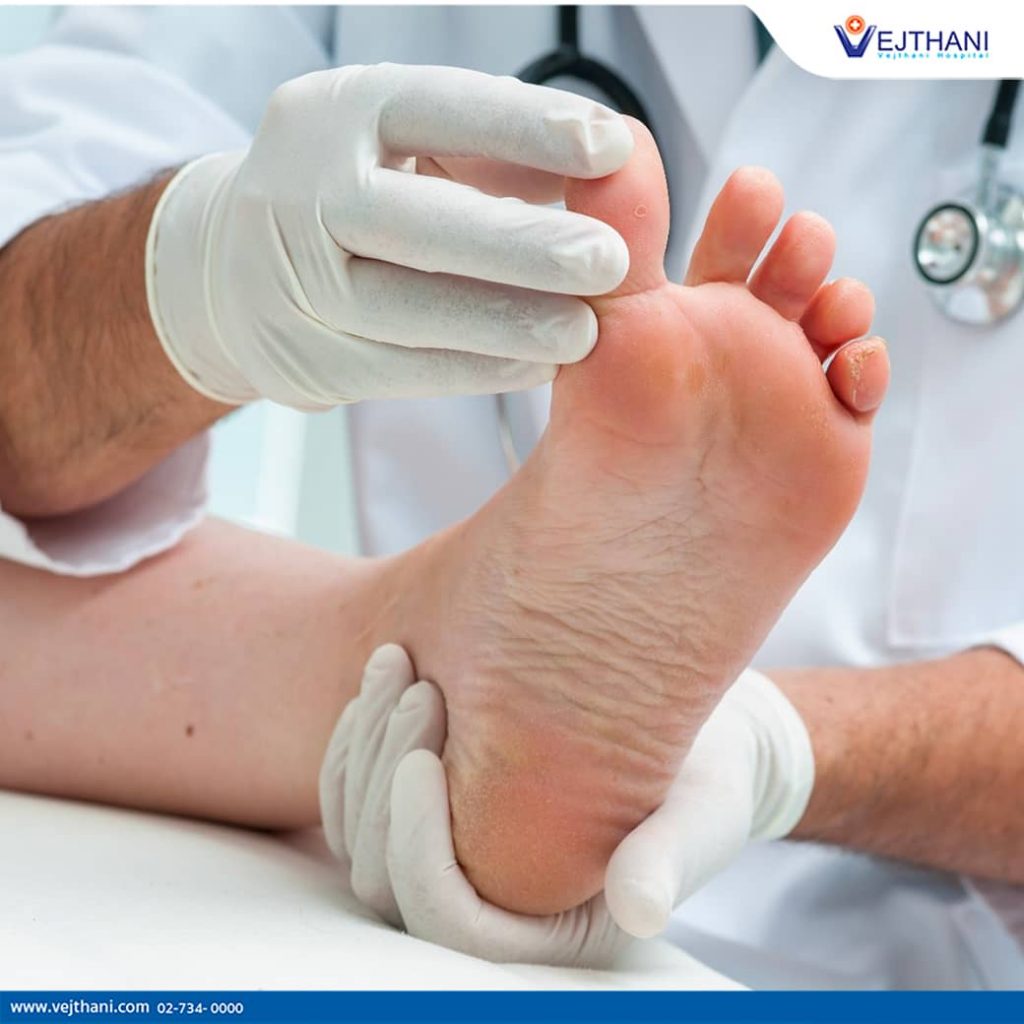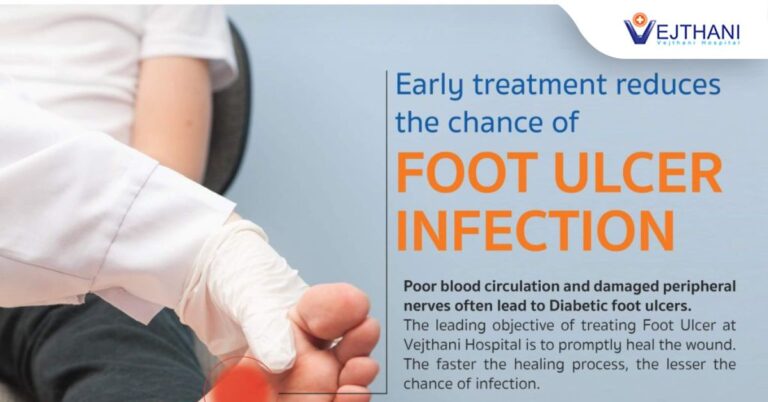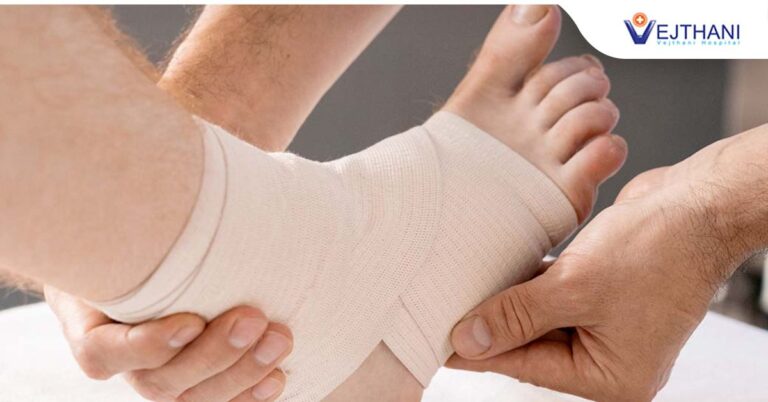

As if the health issues of diabetes were not serious enough; patients with diabetes who don’t control the disease properly are also at risk of developing diabetic foot ulcers. Effective care and treatment of diabetic wounds is crucial as the presence of these ulcers can lead to amputation if not cared for and treated properly.
Causes and Symptoms of a Foot Ulcer
The diabetic foot ulcer occurs as a result of the exterior tissue of the foot breaking down and baring the underlying layers of skin. If left untreated, these foot ulcers can continue to affect tissue down to the bone. In extreme cases they can cause infections that necessitate amputation if left untreated.
One of the most common symptoms of a diabetic wound such as a foot ulcer is drainage of liquid from your foot. You might notice it staining your socks. Odors are another sign of the presence of a foot ulcer, along with redness, unusual swelling, and itching.
However, sometimes the skin can become infected before an ulcer appears on the surface of the foot. If you have diabetes, you should consult a doctor if you notice any skin discoloration, particularly black in color, or if you notice pain in any area of your foot that is hardened or callused.
Your doctor will examine your feet, and if they find symptoms of a foot ulcer, they will generally rate the seriousness of the wound on a scale of zero to three, with three being the most severe wound. They will then treat it accordingly.
0: The foot is at risk, but there is no visible ulcer
1: The foot shows an ulcer, but it’s not infected
2: A deep ulcer that has exposed tendons and joints
3: Extensive ulcers and abscesses caused by infection
Effective Care and Treatment of Diabetic Wounds
Vejthani Hospital in Bangkok focuses on offering two state-of-the-art methods for the effective care and treatment of diabetic wounds such as foot ulcers.
HBOT
HBOT, or Hyperbaric Oxygen Therapy involves the use of a machine to increase the air pressure in a room two to three times as much as the air at sea level. At the same time, the oxygen level to the wound is also increased .
The combination of the increased air pressure and increased oxygen levels performs double duty in reducing the infection in the ulcer. When your body is subjected to this super-oxygenated air, it stimulates the growth factors and stem cells, which help fight the foot infection more effectively.
NPWT
Negative-Pressure Wound Therapy is also known as a vacuum-assisted closure. This is used to directly provide care and treatment for the diabetic wound. A specially-sealed dressing is applied over the wound, and a vacuum device is used to remove fluid from the wound and increase blood flow to it at the same time.
The treatment can be performed intermittently or continuously, depending on the seriousness of the wound. The dressing is changed periodically throughout the treatment period, and salines and antibiotics are used to irrigate the wound and flush infected tissue.
Depending on the severity of the wound and the presence of infection, both of these techniques can be utilized at the same time for the care and treatment of a diabetic wound. By employing a multi-disciplinary team to administer both of these treatments at once, the rate of healing from infection is dramatically increased, removing the necessity of amputation in many cases.
NPWT was found to be particularly useful in reducing infections in diabetic foot and leg ulcers, and the systematic medical review showing these results did not find any significant complications in the treatment.
Visit Vejthani Hospital for Effective Treatment of Diabetic Wounds
The doctors and staff at Vejthani Hospital are skilled in using this multidisciplinary approach to achieve effective care and treatment of diabetic wounds. If you suspect you might be in danger of developing diabetic foot ulcers, or you have an apparent ulcer, make an appointment at Vejthani Hospital before the problem worsens.
- Readers Rating
- Rated 4 stars
4 / 5 ( Reviewers) - Excellent
- Your Rating
























